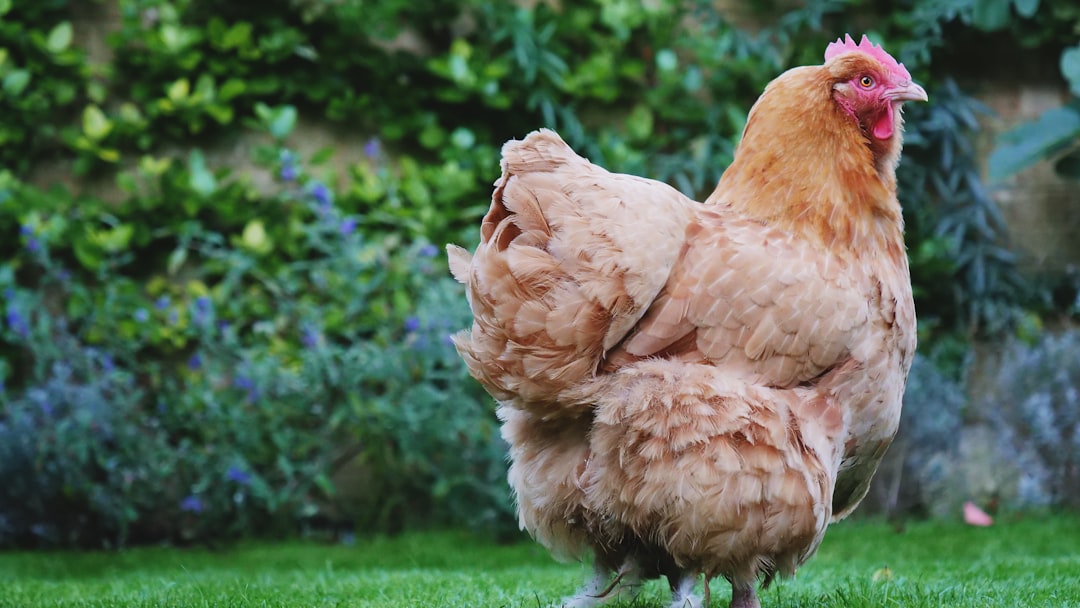Layer hen management is a complex process that involves balancing egg production with hen welfare. Different housing systems, such as cage-free, barn, and free-range, offer varying levels of comfort and productivity. Here’s a comprehensive guide to optimizing egg production and hen welfare across these systems.
1. Housing Systems for Layer Hens
Cage-Free Systems
-
Description: Hens are kept in large enclosures without cages, allowing more movement and social interaction.
-
Advantages: Improved welfare due to increased space and ability to engage in natural behaviors.
-
Challenges: Higher costs, potential for increased stress and disease transmission if not managed properly.
Barn Systems
-
Description: Hens are housed in barns with some access to outdoor areas but primarily remain indoors.
-
Advantages: Offers better protection from predators and weather conditions compared to free-range systems.
-
Challenges: Requires careful management to prevent stress and disease.
Free-Range Systems
-
Description: Hens have access to outdoor areas, providing them with natural light and space.
-
Advantages: Enhanced welfare due to increased freedom and exposure to natural environments.
-
Challenges: Higher risk of disease transmission and predation, increased costs for land and management.
2. Optimizing Egg Production
-
Nutrition: Ensure balanced diets that meet nutritional needs for optimal egg production. Recent studies suggest that dietary energy may not directly impact egg numbers if hens have sufficient body mass and fatty tissue.
-
Health Management: Implement robust health programs, including vaccinations and biosecurity measures, to prevent disease outbreaks.
-
Genetic Selection: Utilize breeds with high egg-laying capacity and persistency to maximize production over longer cycles.
3. Enhancing Hen Welfare
-
Environmental Conditions: Maintain optimal temperature, humidity, and lighting conditions to reduce stress and promote comfort.
-
Space Allocation: Ensure adequate space per hen to prevent overcrowding and stress.
-
Enrichment Activities: Provide enrichment activities such as perches, nesting boxes, and foraging materials to promote natural behaviors.
4. Long-Life Layer Concept
-
Extended Production Cycles: With advancements in genetics and management, it is now possible to keep hens productive for up to 100 weeks, producing around 500 eggs per cycle.
-
Nutritional Adjustments: Adapt feeding strategies to meet changing nutritional needs as hens age, focusing on maintaining egg shell quality.
5. Global Trends and Challenges
-
Consumer Awareness: There is a growing demand for eggs produced under higher welfare standards, driving the adoption of cage-free and free-range systems.
-
Sustainability: Extending production cycles and improving efficiency can enhance sustainability by reducing replacement costs and environmental impact.
Conclusion
Optimizing layer hen management involves a delicate balance between egg production and hen welfare. By understanding the advantages and challenges of different housing systems and implementing best practices in nutrition, health management, and environmental conditions, poultry farmers can enhance both productivity and animal welfare. As the industry moves towards more sustainable and humane practices, adopting long-life layer concepts and adapting to consumer demands will be crucial for future success.
Citations:
- https://pmc.ncbi.nlm.nih.gov/articles/PMC9637464/
- https://www.wattagnet.com/egg/article/15634373/when-do-layer-hens-use-dietary-energy-for-egg-production
- https://www.poultryworld.net/poultry/layers/embrace-the-long-life-layer-and-adapt-accordingly/
- https://lohmann-breeders.com/lohmanninfo/feeding-laying-hens-to-100-weeks-of-age-2/
- https://www.compassioninfoodbusiness.com/resources/laying-hens/review-of-global-egg-production-2023/
- https://ew-nutrition.com/feeding-layers-longer-cycles-optimized-production/
- https://lohmann-breeders.com/management-of-laying-hens-under-tropical-conditions-begins-during-the-rearing-period/
- https://www.bigdutchman.asia/en/resources/news/optimizing-egg-size-layer-farm-production

Comments
No comments yet. Be the first to comment!
You must be logged in to comment. Login